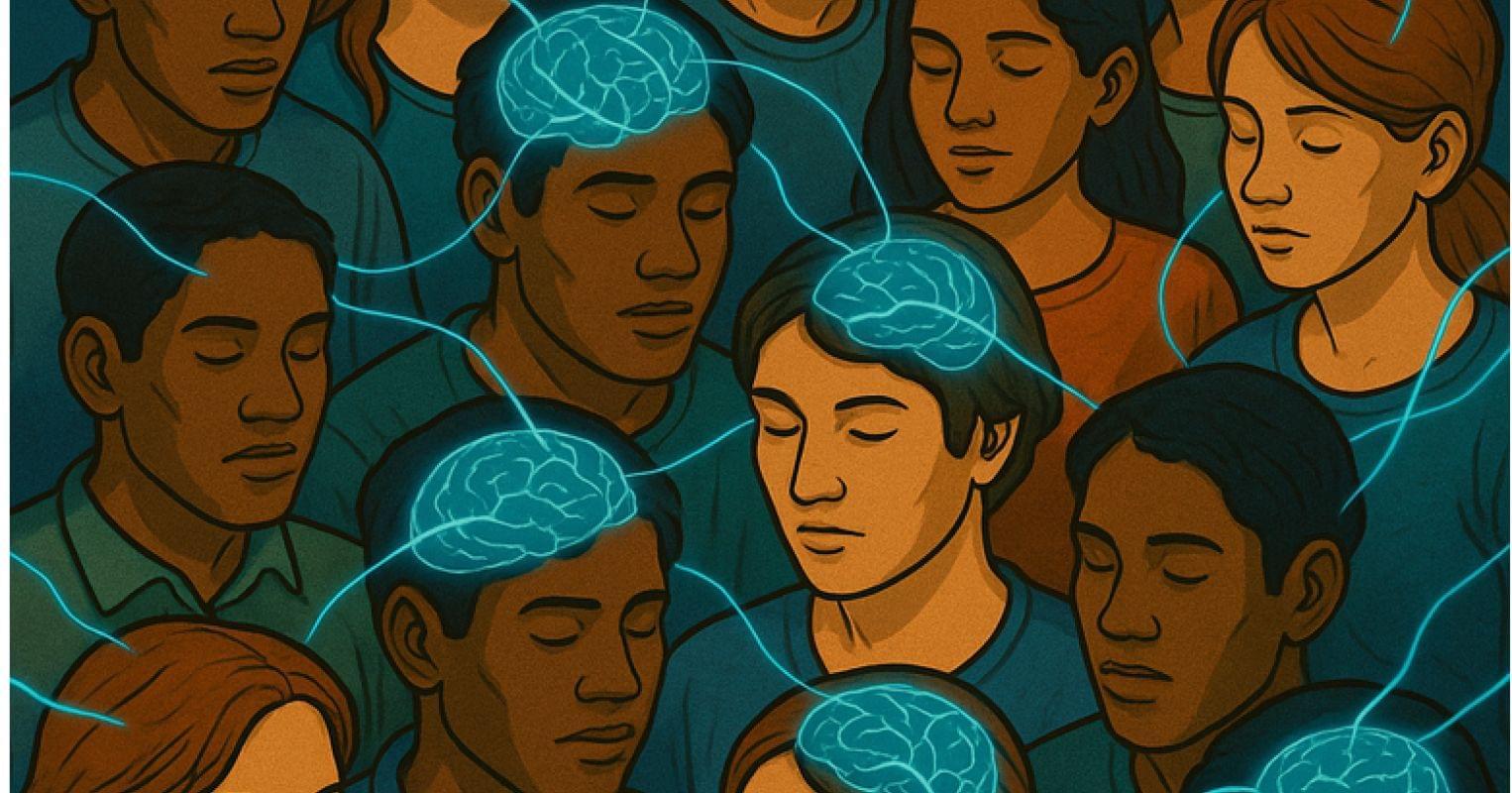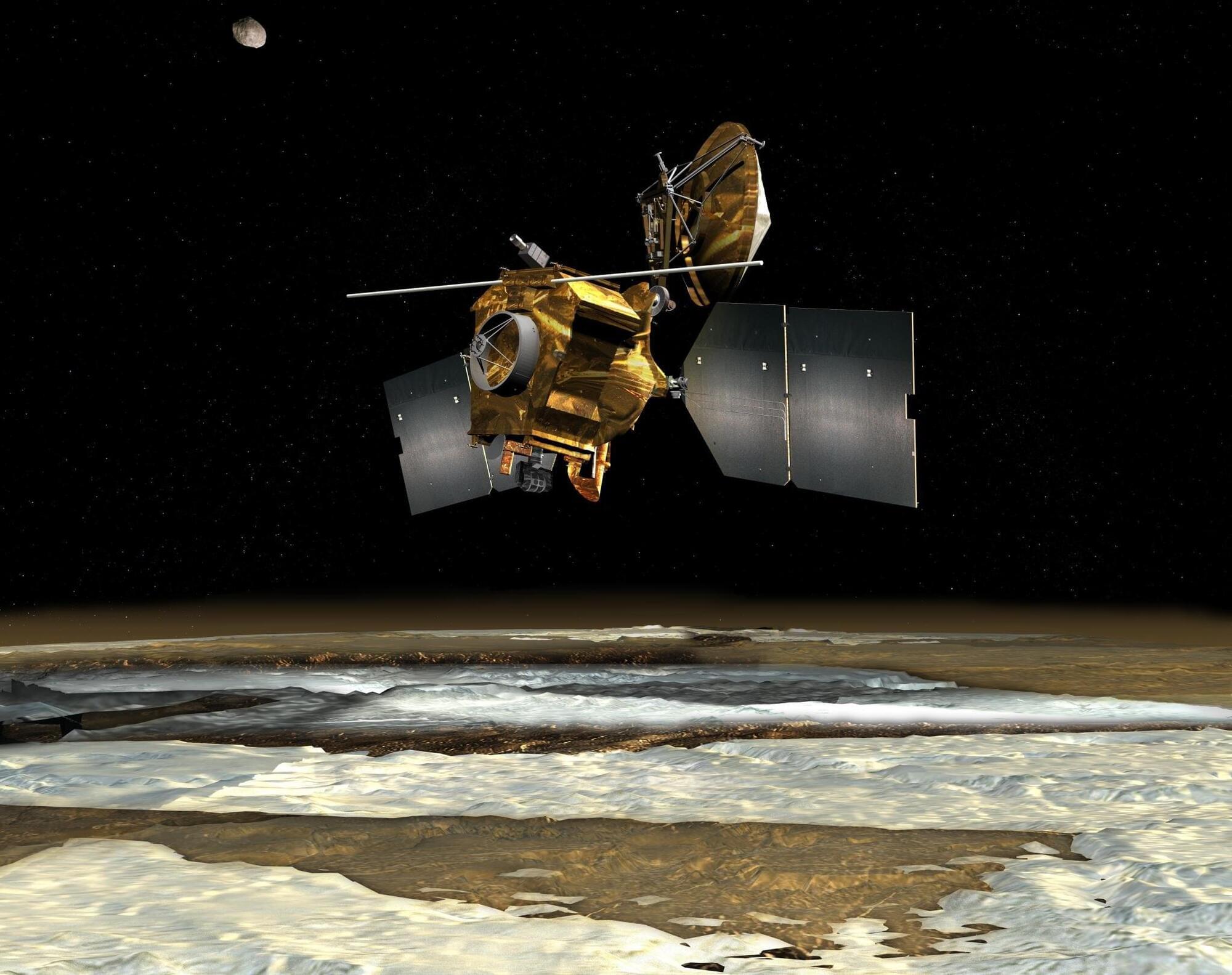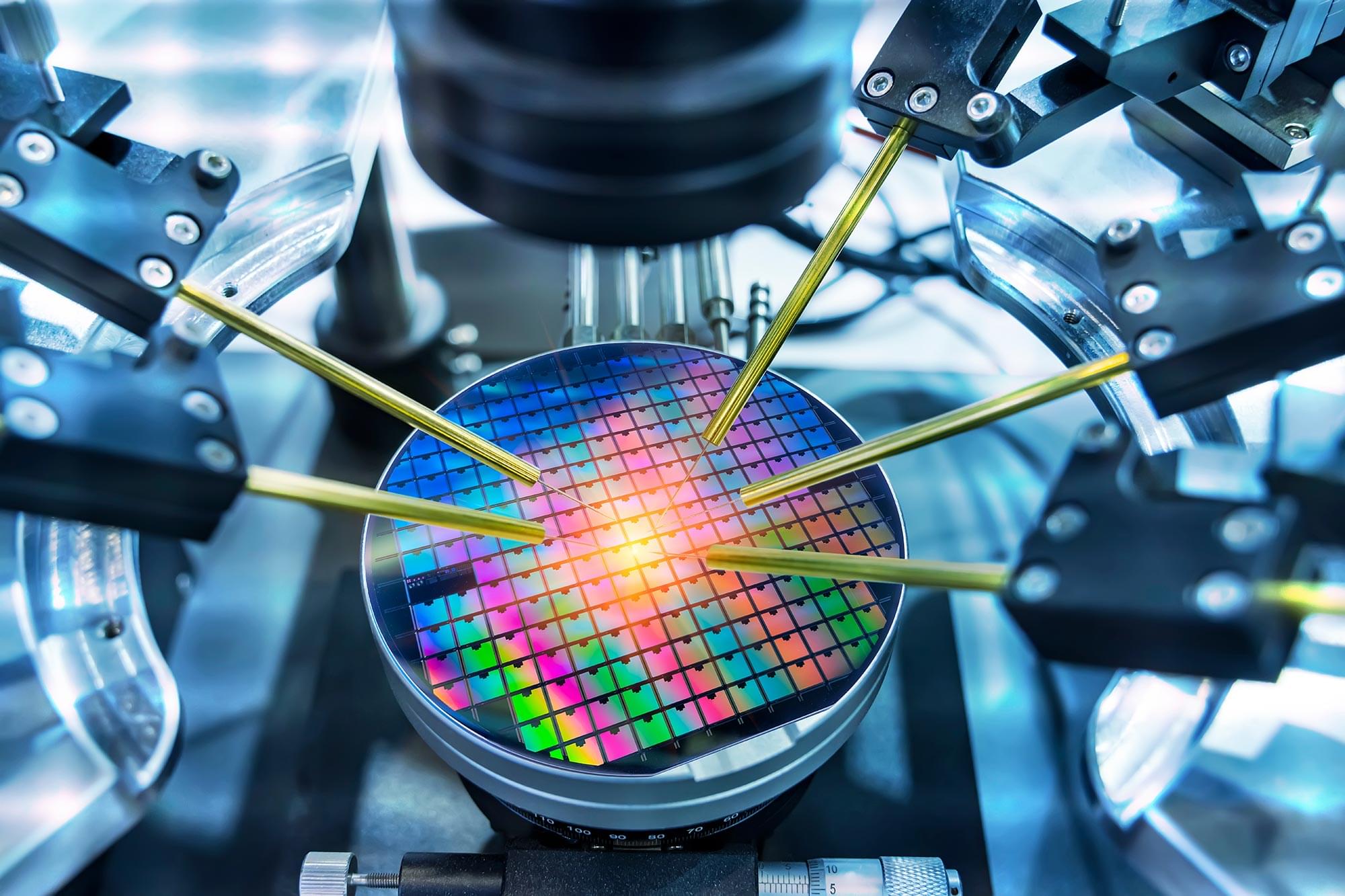Questions to inspire discussion.
🚕 Q: How reliable is Tesla’s robotaxi service based on recent experiences? A: Tesla’s robotaxi service has perfect rides in 9 out of 10 experiences, with one incident of phantom braking due to sun glare.
📱 Q: How do users access and pay for Tesla’s robotaxi service? A: Users access the service through a separate app from the Tesla app, requiring Tesla sign-in and linked credit card information for payment.
Tesla Model Updates and Pricing.
🔋 Q: What changes were made to the refreshed Model S and X? A: The refresh includes new hardware for improved autonomy, new color options, wheel design, and ambient lighting, with a $5,000 price increase and 5–7% range increase.
🛡️ Q: What does Tesla’s new extended warranty plan offer? A: Tesla’s plan extends coverage for 4 years or 100,000 miles at $50–150 per month depending on the model, covering most manufactured parts except the high-voltage battery, tires, and glass.





